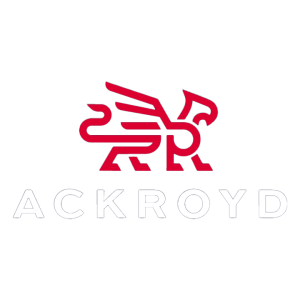
Mixed use developments are not a new phenomenon, but they are set to revolutionise the market.
In today’s hyperconnected world, convenience and efficiency are at the top of any list objectives. Every day, we move towards a model whereby multiple services are offered to us quickly and abundantly.
Although, it’s quite unfitting to characterise the resurgence of mixed use developments as the natural product of an increasingly urbanised and forward-thinking world. The shortage of housing supply and relaxation of planning controls has escalated interest in the idea that maybe by combining residential and commercial units, we can reach a higher level of efficiency.
The term refers to any building, or an array of buildings that integrates both residential and commercial spaces.
They are not necessarily new. For example, a key feature of the high street has been shops with living accommodation above. However, we are seeing an increasingly more complex variety of mixed use developments that incorporate residential space, restaurants and leisure facilities in one building. Increasing access to credit has made financing mixed-used developments more common.
The London Plan is “the strategic plan for London, setting out an economic, environmental, transport and social framework for development.”
One of the appraisals for this project involved a mixed use tenure development comprising 20,000 sq ft offices, 30,000 sq ft affordable housing and 50,000 sq ft private housing.
However, findings from the Croydon case study showed that politics can interfere with the development of a mixed use property. Both the office space and affordable housing are likely to require a cross subsidy from the private residential market therefore presenting a question of whether employment or affordable housing is best.
Nonetheless, there are a plenty of mixed use developments. Here is a list of some:
First you must agree on a set of heads of terms. Your lawyers will then circulate a draft and begin the negotiation. Further down the line, due diligence will be needed to ensure you are well informed.
After completing the property searches, you will discuss financing the mixed-used development and begin the acquisition.
Property developers are particularly embracing of the idea. Mixed use developments combine the opportunity to extract capital whilst simultaneously retaining an income stream.
Mixed use developments can also be better for the environment as there is little need for cars because everything is provided.
As mixed use developments combine various markets, it can be risky. For example, in the case of the Royal Docks, there was a weak market for office space but a strong residential market. There is therefore some hesitation when it comes to financing mixed-used developments. Finding that balance can be quite a burdensome task.
If you need advice on mixed-use developments or financing mixed-used developments please feel free to contact our highly motivated team on info@ackroydlegal.com or call us on 020 3058 3363



16 Prescot Street,
London, E1 8AZ
Ackroyd Legal is a trading style/name of Ackroyd Legal (London) LLP , which is authorised and regulated by the Solicitors Regulation Authority, SRA No. 554585 and is a LLP registered in England & Wales, Company No. OC360125; VAT no. 445717436;
David Ebert LLP is a separate entity from Ackroyd Legal (London), LLP and are authorised and regulated by the Solicitors Regulation Authority, SRA no. 558176.